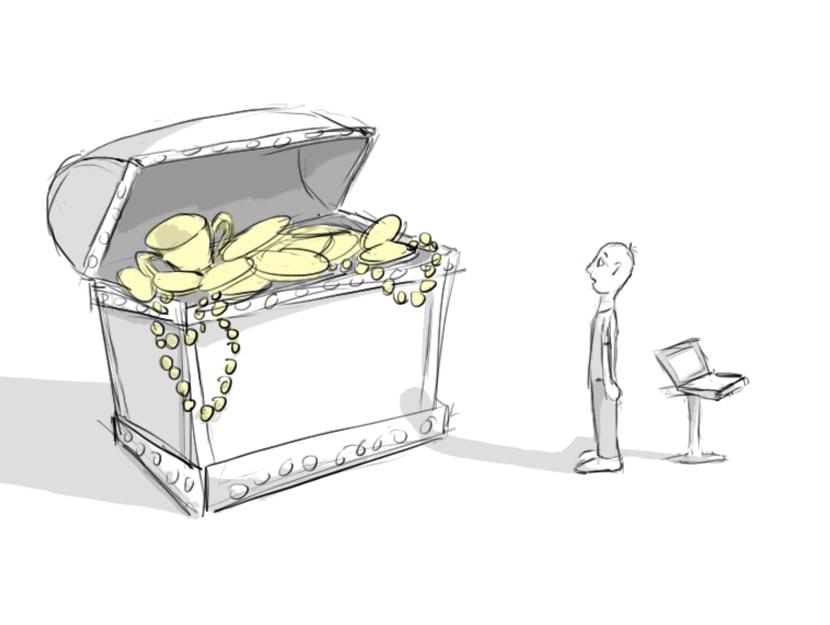
March 08, 2016
Usability Testing on the Cheap

I’ve been to a few usability labs to watch users interact with websites. They’re really nice — 2-way mirrors, screen recording equipment, video cameras — and it all costs a pretty penny.
But did you know you can get roughly the same results on your own, spending just a little bit of money on gift cards?
Usability testing has been around for decades. It’s a way to watch real users interact with your site. By giving them tasks and then watching them perform those tasks, you can find holes in your information architecture, catch errors before they go live, and improve the findability of your most popular features.
But it’s hard isn’t it? Don’t I need a 2-way mirror? Not really.
All you need are 3-4 users, with a few amazon.com gift cards to use as bait. If you’re too cheap to spring for gift cards, find some friends or family to do it for free.
Think of 2-3 really important tasks a majority of your users perform on your website. Then ask your testers to perform those tasks. They may be as simple as finding a PDF, or as complicated as applying for a program.
What do you do then? Watch. Watch closely. Observe where they click, where they don’t, and especially observe when they get lost.
There are a few other rules and things to expect:
- You’re not testing the person, you’re testing the website.
Make sure you let the users know that. - Don’t say a word to help them.
If they ask you if this is the right button to click, just say, “What do you think?” or “What would you do?” Your objective is not to help them out but see if they can find the exit to the maze themselves. If they click on the wrong thing or can’t find what they’re looking for, simply say, “Thanks, that’s ok. You’ve still given us some valuable information.” And that’s true. They couldn’t complete your task, so there’s something you can improve on your site. - Let them talk as much as they want.
You want to get inside their head, know why they clicked on a certain link, and why they bypassed another. Encourage them to think out loud, and remind them throughout the test. - You may want to record the tests, but that makes some people uncomfortable.
At the very least, take detailed notes about where they clicked and where they may have lost their way. - At times, you may get frustrated.
The link you want them to click may be RIGHT IN FRONT OF THEIR NOSE, but for some reason they may not see it. That’s valuable information — you may need to move the link to a more prominent place, or rename it.
That’s really it. You can learn a lot by watching just a few people use your website. As usability guru Steve Krug said, even one user is better than none. Get a few people to try out your website; you may be surprised at the results, and it will definitely make your website more usable.
